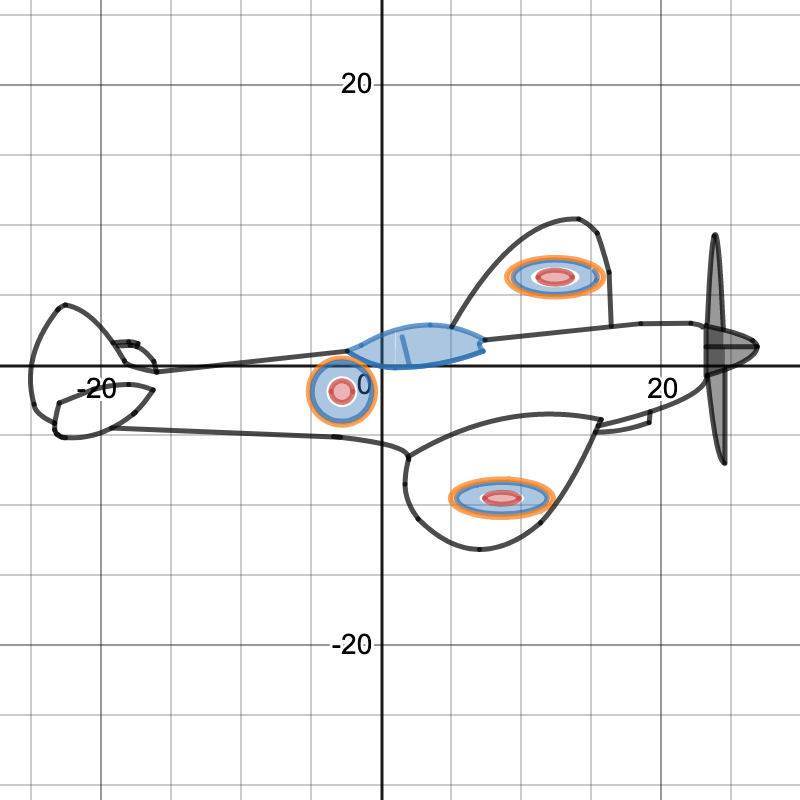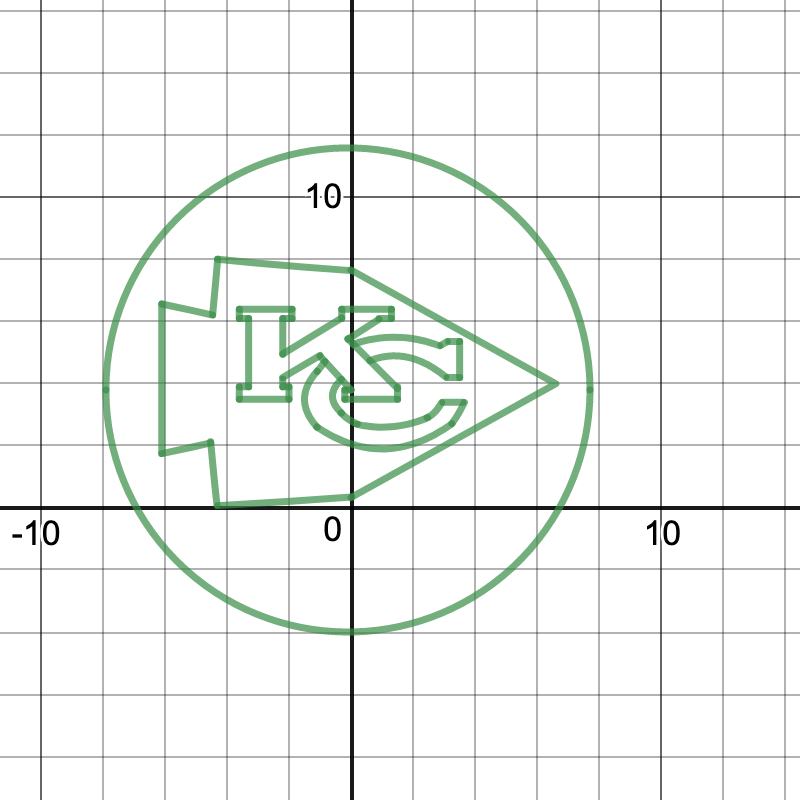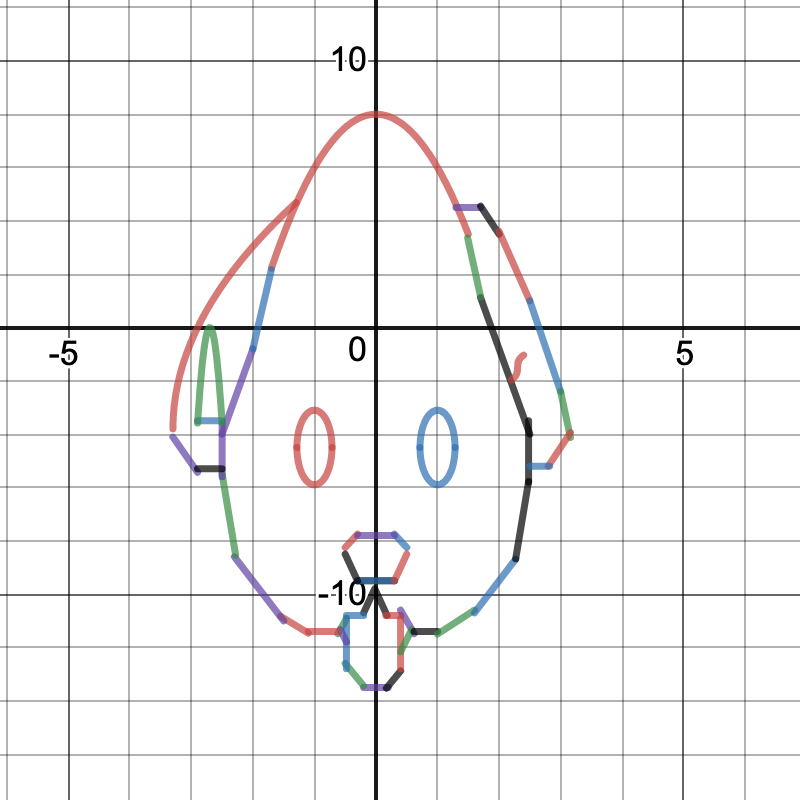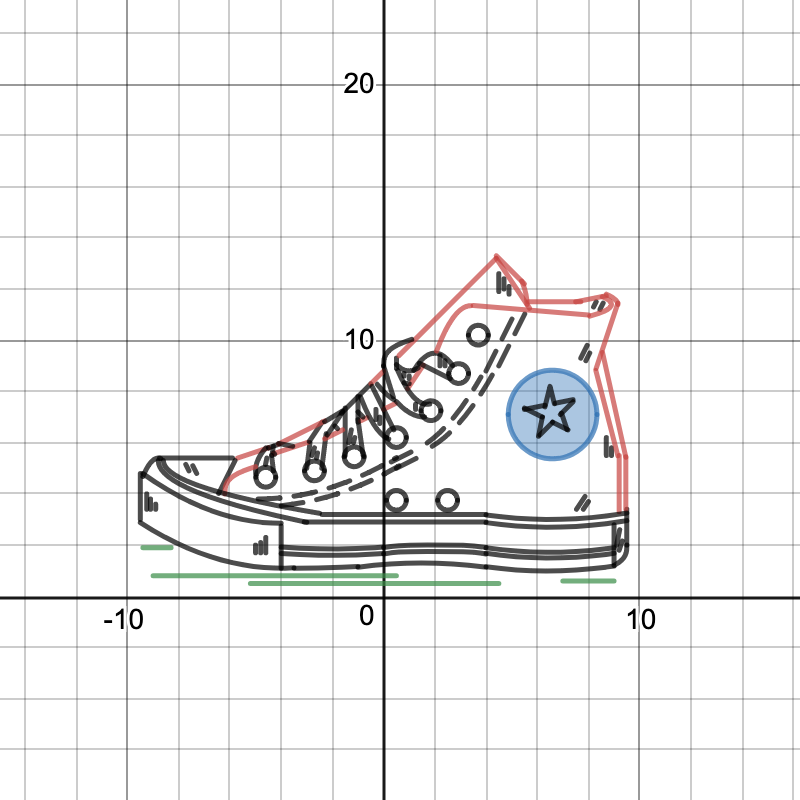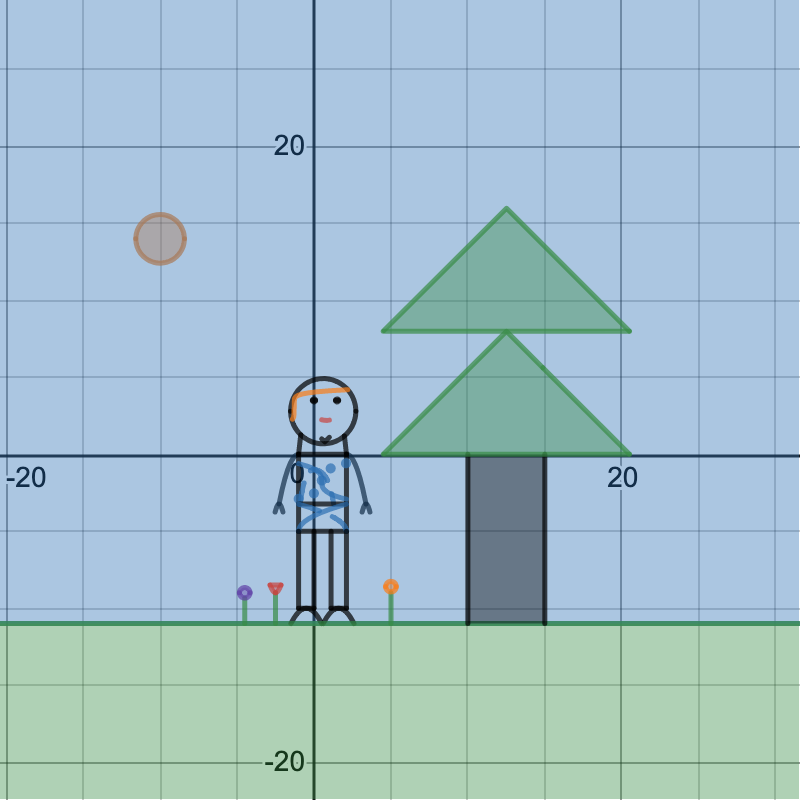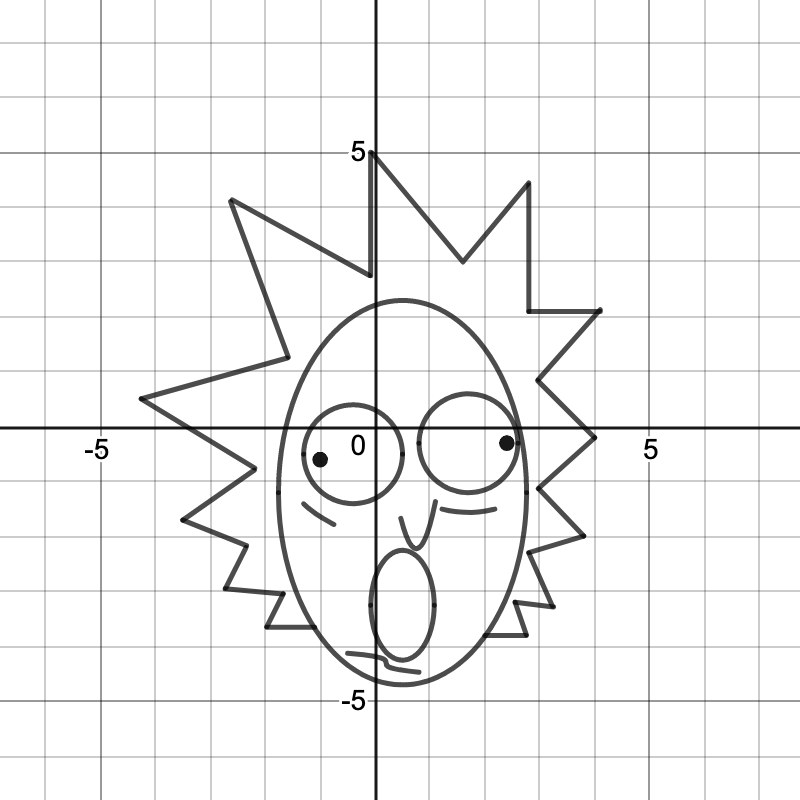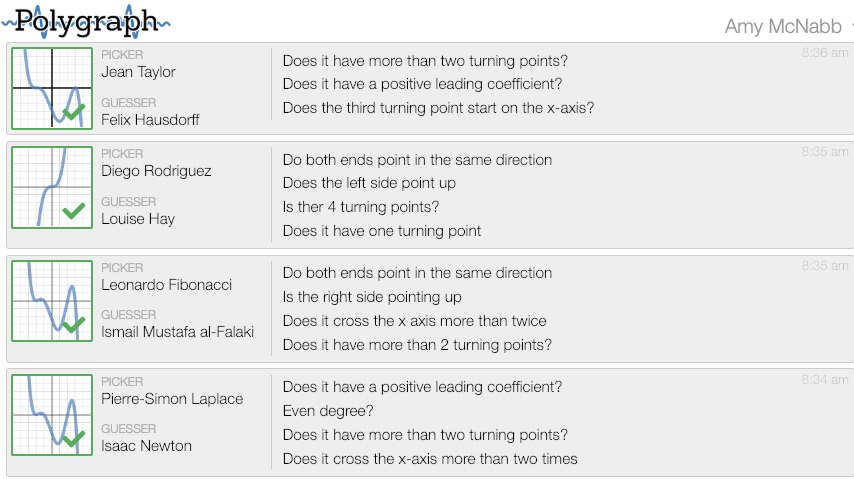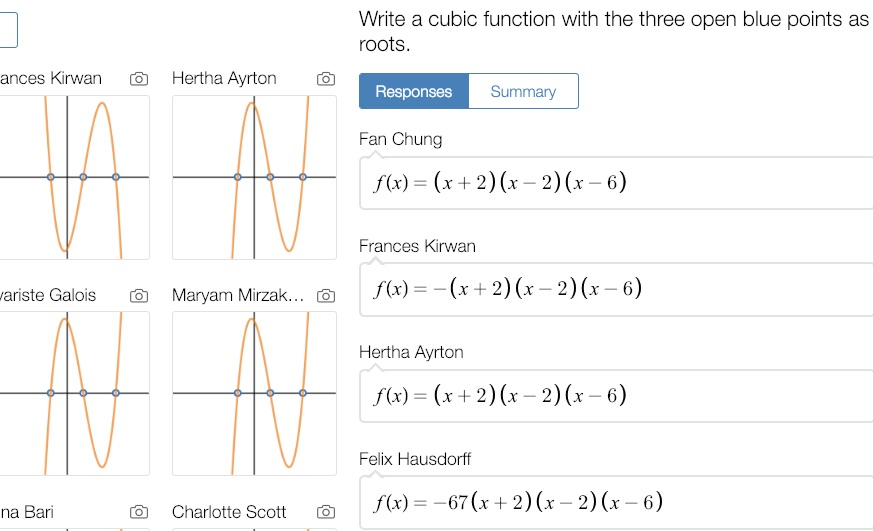Another year of teaching wrapped up last week. It was a bit of a roller coaster of a second semester in terms of both my personal and professional life, but I made it through. The end of the year was its typical insanity, plus a bit tougher than usual since almost my entire scholar bowl team graduated. As I transition to prepping for next year, here are a few goals.
Things to keep doing:
- Kids really like my warm-ups and they were mentioned on multiple course evals — maybe change ACT prep to “How Many?“
- FlipGrid — but be more consistent second semester, and use in Alg. 2 (instead of Calc?)
- I added reflection questions to my assessments in Alg. 2, which I liked and want to add to the rest of my classes
Things to improve:
- Deeper tasks/assessments — take home quizzes?
- More breaks mid-lesson for discussion
- Mini-conferences — I did these once and then forgot about them
- More celebrations of the positive
Things to stop:
- Phone distractions — some kids use them as calculators, but there was a lot of creep on distractions later in the year, so I think I need to go back to requiring them to be out of sight
- Problem of the Week? — Not many kids have one it the past couple of years, so maybe I need to come up with something else
In other news, I’m teaching a non-math class for the first time, which will be an adventure and is also slightly terrifying. I’m teaching a fundamentals of education course for students who might be interested in the education field. So that will be my main summer project. Looking at the topics (history of ed, legal issues, etc.) reminded me that I didn’t love this course in college, so I’m going to have to see what I can come up with to make it less dry.






